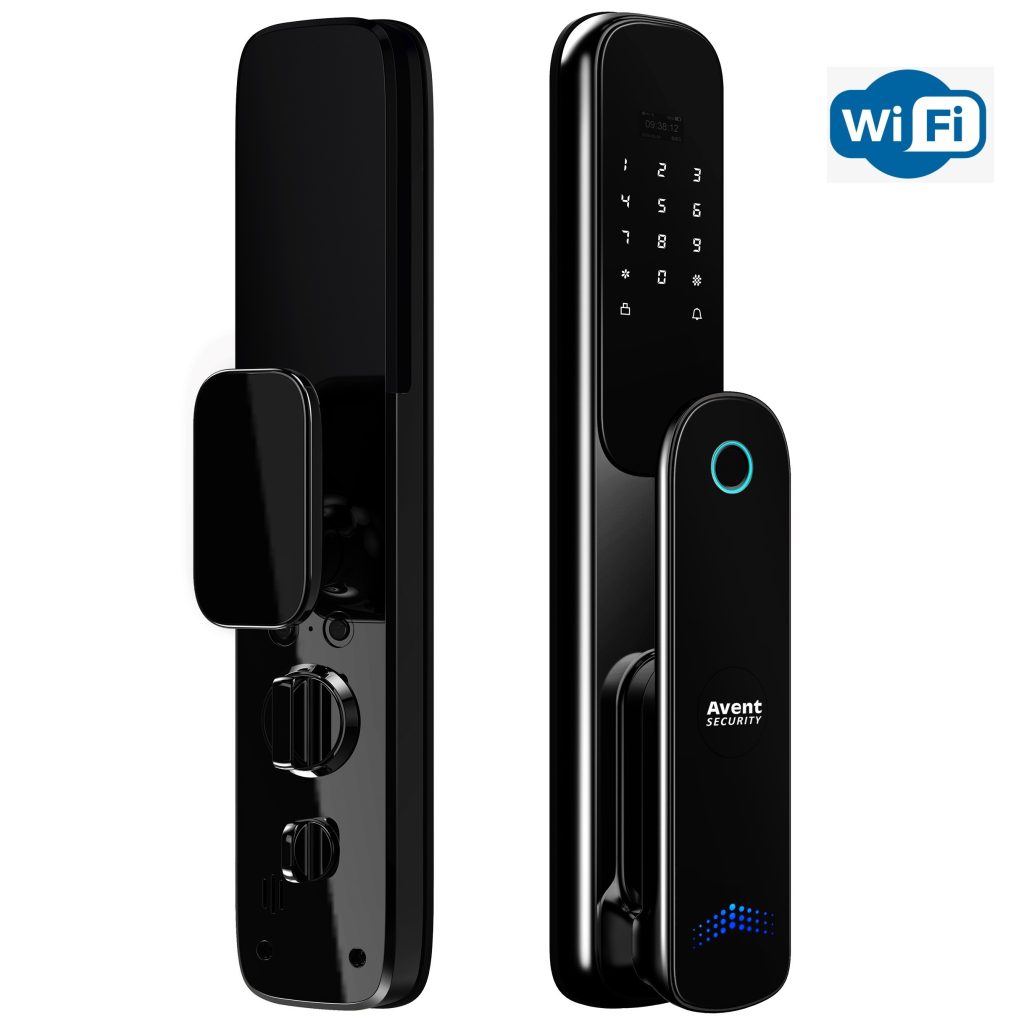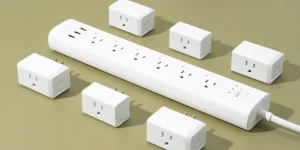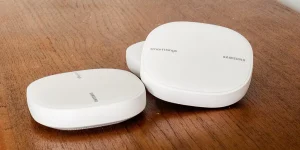Smart Locks: What They Are, How They Work, Applications, and Safe Usage

1. What is a Smart Lock?
A smart lock is an advanced locking system that provides keyless access to doors using technology such as Bluetooth, Wi-Fi, or biometric authentication. Unlike traditional locks that require physical keys, smart locks offer enhanced security and convenience through remote access, smartphone control, and integration with smart home systems.
Types of Smart Locks
Smart locks are available in several types, including:
- Keypad Smart Locks: Require users to enter a PIN code to unlock the door.
- Biometric Smart Locks: Use fingerprint recognition for access.
- Bluetooth-Enabled Smart Locks: Unlock when a paired smartphone is nearby.
- Wi-Fi Smart Locks: Provide remote access and real-time monitoring via a mobile app.
- Hybrid Smart Locks: Combine multiple authentication methods, such as PIN codes, fingerprints, and mobile access.
Key Benefits
- Convenience: Eliminates the need for physical keys.
- Remote Access: Allows homeowners to lock/unlock doors from anywhere.
- Enhanced Security: Provides access logs and alerts for suspicious activity.
- Guest Access Control: Enables temporary access codes for visitors or service providers.
2. How Smart Locks Work
Smart locks operate using a combination of hardware and software to manage secure access.
Main Components:
- Locking Mechanism: Can be a deadbolt or latch integrated with an electronic control system.
- Authentication Module: Includes PIN pads, fingerprint scanners, or mobile connectivity.
- Communication Interface: Connects via Bluetooth, Wi-Fi, or Zigbee for remote control.
- Power Source: Typically battery-operated, with backup options in case of power failure.
- Mobile App or Control Panel: Manages user access, logs activity, and enables remote locking/unlocking.
How It Works:
- The user approaches the door and authenticates access using a PIN code, fingerprint, or mobile app.
- The smart lock verifies the input and unlocks the door if authentication is successful.
- Access logs are recorded, and homeowners receive real-time alerts on their devices.
- Users can remotely lock/unlock the door, share access codes, or monitor security through the app.
3. Where Are Smart Locks Used?
Smart locks are widely used in various settings to enhance security and convenience.
Residential Use
- Homes and Apartments: Provides keyless entry and remote access control.
- Vacation Rentals & Airbnb: Allows temporary access for guests without physical key handovers.
Commercial Use
- Offices & Co-Working Spaces: Enhances security by tracking employee access.
- Warehouses & Storage Facilities: Restricts unauthorized entry and ensures safe storage.
Hospitality & Industrial Use
- Hotels & Resorts: Offers guests seamless access via smartphone apps or keycards.
- Factories & Labs: Prevents unauthorized personnel from entering restricted areas.
4. How to Use a Smart Lock Safely
While smart locks provide convenience and security, proper usage is essential to prevent security risks.
Safety Tips:
- Use Strong Access Codes: Avoid easily guessed PINs like “1234” or birthdates.
- Enable Two-Factor Authentication (2FA): Adds an extra layer of security.
- Regularly Update Firmware: Prevents vulnerabilities by keeping software up to date.
- Secure Your Wi-Fi Network: Use strong passwords and encryption to prevent hacking.
- Monitor Access Logs: Regularly review who has accessed the door.
Privacy Considerations:
- Disable Auto-Unlock in Public Areas: Prevents unauthorized access if your phone is stolen.
- Limit Guest Access Permissions: Ensure temporary codes expire after use.
- Backup Physical Key or Override Options: In case of battery failure or technical issues.
Conclusion
Smart locks offer a secure, convenient, and modern approach to door security, eliminating the need for traditional keys while enabling remote access control. By understanding their functionality and safe usage practices, homeowners and businesses can enhance security while enjoying the convenience of keyless entry systems.






